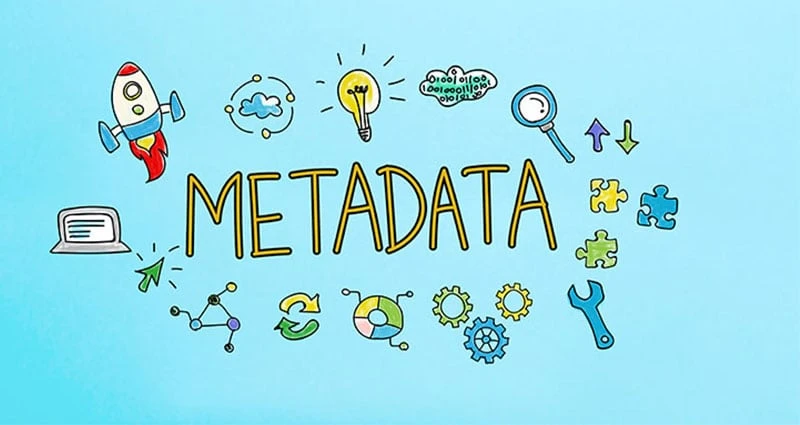Given their importance in determining whether a user clicks through to your web page, it is important to come up with a strong meta title. In doing so, there are a number of considerations to take into account.
Length
It is important to keep your meta titles short and to the point – a character limit of 60 is often advised. Meta titles that are significantly longer may be cut off by the search engine, limiting your ability to engage with the user.
Keyword Placement
Given that your meta title should accurately reflect the page’s content, it should include your target keywords where possible. However, make sure not to stuff keywords - doing so may lead to your page being penalised.
Relevance & Uniqueness
When it comes to selecting an appropriate meta title, avoid picking a title that is too generic. The more unique your title is, the more likely it is to stand out from the crowd. Similarly avoid duplicating your title tags, as this will negatively impact your page’s visibility.
Active Tone of Voice
In order to encourage users to click through, a strong meta description will generally strike a balance between the use of your target keywords and a natural, active tone of voice. When it comes to writing a strong meta description, your use of language can be of paramount importance in demonstrating that your business adds value. This means your meta description should be written in a convincing, sales-oriented way, inviting users to take action. For this very reason, it is generally considered good practice to include a call to action in your meta description.
What Are Alt Tags?
If your webpage utilises images of any kind, alt tags may also form an important part of your metadata. Although images may help to enhance a user’s experience of your webpage, search engines are unable to interpret them. Alt tags, sometimes referred to as alt attributes or alt text, are there to solve this problem.
Generally located within the image tags themselves, alt tags provide a text-based alternative for search engines to read and interpret. For example, if your webpage incorporates an image of a red ball, the words ‘red ball’ will generally be added to the image’s alt tag. In helping search engines to better interpret the image, the use of alt tags in webpage images can have an effect on the page’s overall ranking.
What Makes a Good Alt Tag?
Length
Apart from its importance for meta titles and descriptions, length is also an important consideration in creating alt tags. If you’re looking to improve your use of alt tags, make sure to keep them short. The shorter the alt tag, the more likely it is to perform well in the rankings.
Keyword Placement
Although it is often advised to incorporate the page’s target keyword into your alt tags, it is important to do so in a natural way. Again, make sure not to stuff keywords - keyword stuffing may lead to your webpage being flagged, causing more harm than good.
Knowing When to Use Them
Keep in mind that alt tags are most relevant to pages incorporating a high number of images. As such, they are most suitable for use on pages that are comparatively light on text. Consequently, they may be less of a priority for more text-oriented web pages.
Understanding the basic elements of metadata can go a long way in optimising your online content. As such, a strong knowledge of the subject can help you attract the attention your content deserves, improving your capability to serve an ever-growing online audience.
